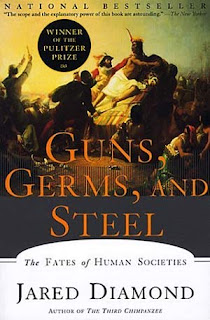My name is Erika and I am an undergraduate student at New York University’s Gallatin School of Individualized Study. I will be graduating in the spring of 2011 and wish to pursue a career in the field of marketing, preferably with a non-profit or caused based entity involved in animal welfare. My concentration is in Modern Consumer Culture from a sociological perspective and its implications on the environment and society with an interest in ethical and cause-based marketing. By studying the implications as well as the strategic applications of marketing, I have gained an extremely holistic perspective of the field. I have learned to view what was common to me critically through the Gallatin program and this balance has allowed me to see consumption in a new light and with different perspectives, allowing me to find mine. My hope is that this holistic perspective can help guide me in making ethical business decisions as an individual working in the field marketing. Many marketers solely care about profit and promotion, not what is going into their consumer's bodies, where products are made, what happens to goods after consumers are done disposing of them, and (the topic of my blog) the lives at stake. In addition, promotion can be a problem within itself. In the field of marketing, there is a lack of love for people & the environment. I believe marketers should embrace these ideas in addition to promotion, because marketers are the link between people and industry and both people and industry effect the environment and society. I hope to share this perspective with you and the marketing world because it can improve the quality of our planet, people’s lives, and even the lives of animals who are often abused in the process of production. As a marketer, I want to make informed choices regarding what I decide to promote to the public, and you as active consumers can make informed purchasing decisions. I believe as marketers in a globalized economy, we are a part of something larger than ourselves and the choices we make within the system contribute to our current circumstances. There are many implications & ethical issues regarding animals in the world of production and consumption. Animal welfare has always been a an active part of my life. I volunteered at the North Shore Animal League for four years, a non-kill shelter located on Long Island, NY, where I became a senior volunteer. I was also a volunteer at the Long Island Parrot Society (LIPS) where I rescued and assisted in the rehabilitation of injured and exotic birds and placed birds in new homes. Currently, I am engaged in a part-time fall internship program with Discovery Communication's searchable homeless pet database, Petfinder.com, whose mission is in generating public awareness regarding pet adoption and animal abuse. I hope I can always be in the position to advocate for animals throughout my career in marketing.
"Today, more than ever before, life must be characterized by a sense of Universal responsibility, not only nation to nation and human to human, but also human to other forms of life." – Dalai Lama


